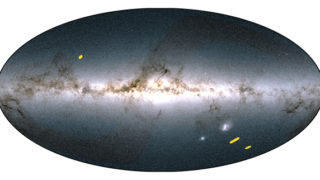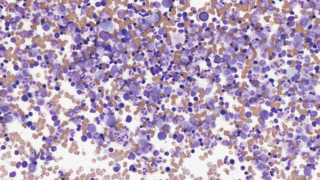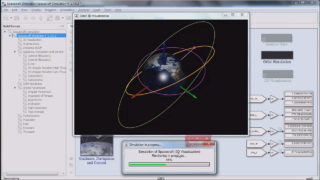
Prepared to kill: Some ideas to debate
Original: Eduardo Angulo (2017) Preparados para matar: algunas ideas para el debate. Translated and adapted by Julio Nicanor Ozores, M.D. “ …the proper application of Darwinian thinking to human issues- of mind, language, knowledge, and ethics, for instance- illuminates them in ways that have always eluded the traditional approaches, recasting ancient problems and pointing to […]








